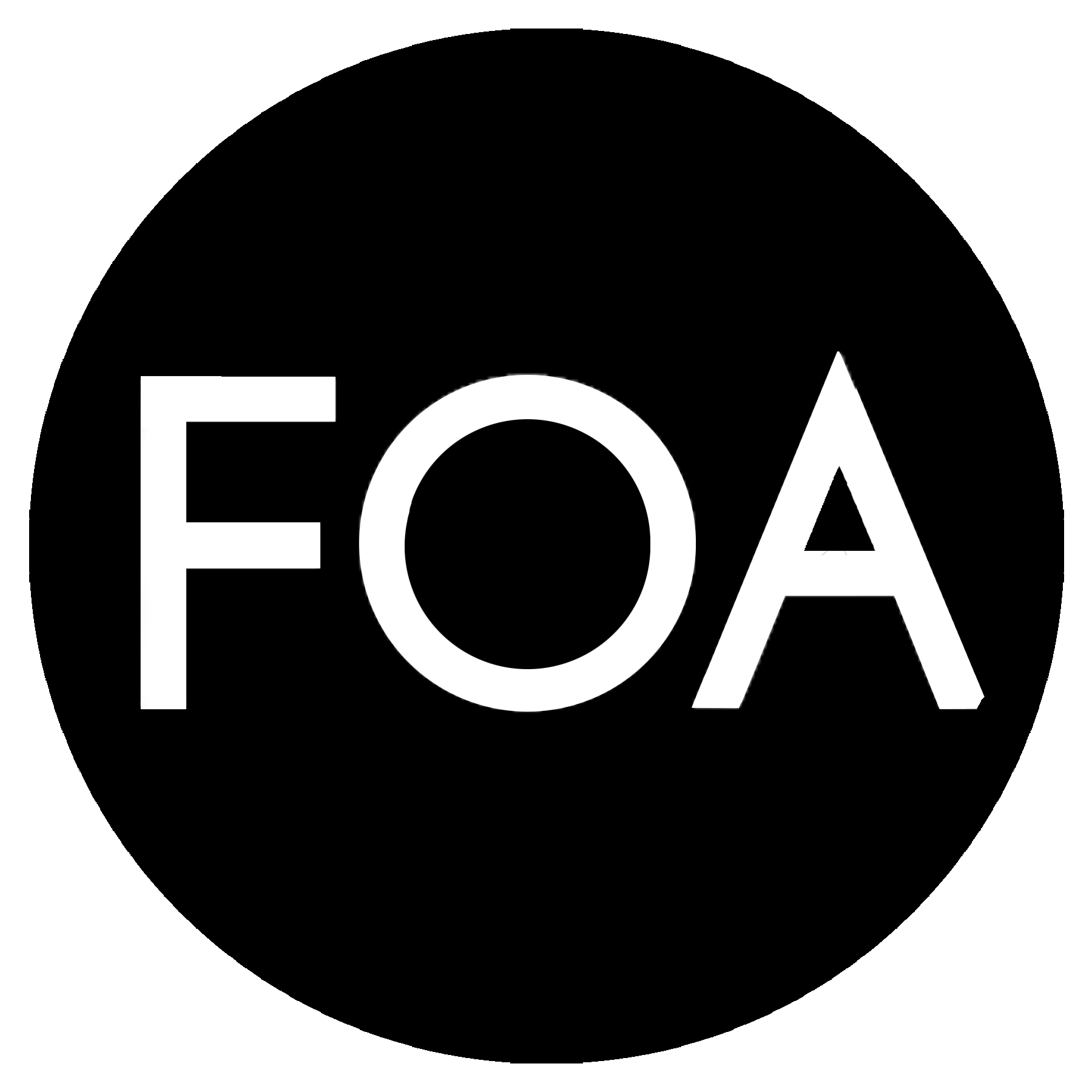Transforming Public Spaces with Ackerman Studios
Ackerman Studios is an art consultancy led by Lily Ackerman that specialises in building art collections and art programming for public and private spaces for clients such as 45 Park Lane and the Daisy Green Collection.
We were thrilled to meet Lily and her team who have championed emerging and established artists to bring art in public spaces.
INTERVIEW WITH LILY ACKERMAN AND LAURA DAY WEBB
LONDON
How did you get started and what invited you to focus on this particular art world niche?
I got started by building on my father's involvement in the hospitality world and the role of art within it. At that time I was working with a children's charity on their art auctions and here I was able to develop my interest and passion in art from all sides.
Having grown up in hospitality I understand that it’s all about how you make people feel and art has that same impact. It adds another dimension of intrigue and meaning to a space through the stories and meaning it evokes. I felt that with the right level of commitment, meaningful and serious art spaces could be established within hospitality spaces.
“Hotel art” has often been treated as merely decorative or superfluous. How is Ackerman working to overturn this perception and elevate its standing to benefit the artists it works with?
Hormazd Narielwalla,x My Carriage, 2023. Exhibition at 45 Park Lane
Attitudes to art in hotels and other non-gallery spaces have shifted hugely over the past 10 years, in line with a wider disruption of the white cube gallery model. We’ve seen the rise of brand and artist collaborations and large scale public art commissions etc all coupled with social media has meant that people have started to take art outside of the gallery space much more seriously. For us, it's about working with spaces which take art seriously. We want to be seen as a serious exhibition space that invests in and associates with the artistic community more widely.
For example, 45 Park Lane has an incredible collection of permanent artwork and from the beginning, art was at its core. These artists are the backbone of the programme and include artists such as Sir Peter Blake, Bruce McLean, and Damien Hirst amongst others.
As with all exhibitions, the synergy has to be right between the artist and the space. Hotel spaces work well for those who are seeking exposure and looking to showcase work in a new and innovative way. It's about finding artists who are serious about being in the space and making sure the narrative fits.
How do you see viewers respond to the art in your exhibitions? How is this experience different from a gallery or museum?
Often with surprise, with delight, with questions and with stories!
It's always amazing to see how artworks can transform a space - our recent exhibition with Hormazd Narielwalla to mark the Coronation created so much excitement and energy. With each exhibition, we seek to offer something truly unique and engaging - we are bringing the art to the visitors and in that sense we are always wanting for them to be caught off guard by it. Something they might not have encountered on their own accord but that they are glad to have stayed at the hotel because they were bought in contact with it.
There's less pressure in a hotel environment to view the art in a certain way, people can sit and enjoy the work in their own time. The emphasis is on enjoyment and reaction, when you are less focused on the expected reaction to the 'artwork' you often see things more clearly.
Damien Hirst, CUT at 45 Park Lane
Can you tell us a bit about your artist selection process and how you go about uncovering new talent for projects?
In terms of the selection process, there are a few elements we always tend to consider.
From a creative standpoint, we're always looking for artists who bring something exciting and different, from a literal perspective exhibiting in non-gallery spaces means you have to evaluate the artwork through the lens of how it will work in that space. It also needs to be the right fit for the artist, so there are lots of things to consider, both aesthetically and from an operational perspective.
We rely on our network of new talent for projects and we are constantly being introduced to artists and meeting curators who are collaborating with artists they’re excited about. Some of our most exciting projects have originated from chance meetings and introductions. And of course, we’re always keeping a keen eye on the London gallery, constantly on the lookout for artists whose work we love and who would fit well with the space.
This year we launched a print edition with a wonderful artist, Steph Burnley who goes by the moniker Bonnie and Clyde. This was based on the huge commission from the Daisy Green Collection for Paradise Green in the City. This is a monumental installation made up of multiple panels and 3D elements and Steph was one of the first artists we were introduced to when we started out - her style and creativity are contagious. Similarly, Ewan David Eason, an artist who we have worked closely with for many years, was introduced to me via a friend. Ewan and Steph share an open mindedness and eagerness to explore their own practice which makes them so lovely to work with. That and the fact they are infinitely talented!
From your experience, what advice do you have for emerging artists?
Work on building a collection of 'mentors' or advisors around you. Much like being a solo founder, it's useful to have people around you to discuss opportunities with and bounce ideas off. The most successful artists I've worked with have people around them they trust to be honest with them, who can challenge them and help guide them.



